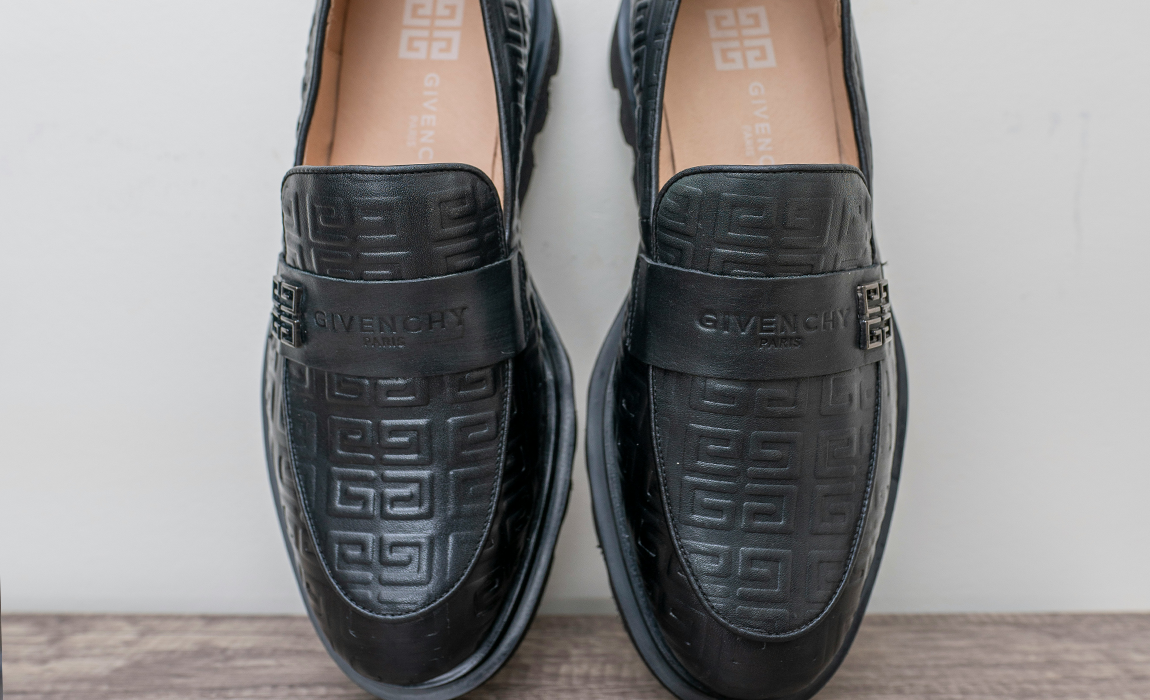Pursuing Excellence: Details that Define Luxury
In the world of design and fashion, there is a widely quoted phrase, "Luxury is in each detail," spoken by the renowned fashion designer Hubert de Givenchy. His design philosophy has had a profound impact on the development of brands.
Luxury is often associated with high-end, expensive, and exceptional quality. However, this statement tells us that true luxury is not just about value and materials; it is also about the attention to every detail. Details refer to every element of design, including lines, textures, colors, craftsmanship, and more. The exquisite combination of these details makes products or garments more unique and refined, giving them a sense of luxury.
Take fashion design as an example. A successful fashion design piece often requires meticulous attention to numerous details. Designers need to focus on every detail, from material selection to design cuts, from the stitching of details to the choice of accessories. Each decision impacts the final outcome. It is precisely the precise handling of these details that sets the works of fashion designers apart from ordinary products and gives them a unique sense of luxury.
This statement applies to other fields as well, such as architecture, interior design, jewelry design, and more. In architectural design, the appearance and internal structure of a building require careful consideration of every intricate detail. Each detail choice, such as the design of doors and windows, the proportions and ratios of the building, the selection of materials, all contribute to the overall sense of luxury. Similarly, in jewelry design, the selection of each gemstone, the craftsmanship of the setting, and the innovation in design are all important details for achieving a sense of luxury.
De Givenchy's statement has had a profound and extensive impact on brand design. In a fiercely competitive market environment, brands need to attract consumers' attention by offering unique and high-quality products. Details are precisely what differentiates a brand. If a brand can handle the details flawlessly, it not only enhances the value of the product but also earns trust and loyalty from consumers. Consumers will perceive the allure of luxury through the brand's attention to detail, leading to a favorable impression and identification with the brand.
In addition to shaping the brand image, details are directly related to the user experience of the product. If a product is well-designed in terms of details, such as the feel of buttons, the durability of stitching, the comfort of materials, it will make consumers perceive higher quality and value. This positive user experience will leave a lasting impression on consumers and turn them into loyal customers of the brand.
However, the handling of details is not limited to the product's design itself; it also applies to various aspects of the brand, including advertising, packaging design, store displays, and more. These are crucial touchpoints between the brand and consumers, as well as opportunities to showcase the brand's image and value. If a brand can put effort into these details and design them exquisitely and uniquely, consumers will be curious and interested in the brand, willing to learn more and engage with it.
In conclusion, "Luxury is in each detail" reminds us that details are crucial in design and brand development. The handling of details not only gives products and brands a unique sense of luxury but also affects consumers' purchasing decisions and loyalty. Brands should focus on refining every detail to enhance the quality and value of their products, earning trust and admiration from consumers.
References:
1. Givenchy, H. (1995). The Givenchy Style. Assouline Publishing.
2. Phaidon Editors. (2017). Fashion Visionaries. Phaidon Press.
3. Thomas, D., & Peters, K. (2013). Timeless Elegance: The Houses of Chanel. Flammarion.
追求卓越,細節成就奢華
在設計與時尚領域中,有一句話被廣泛引用,那就是"豪華就在每個細節中"(Luxury is in each detail)。這句話出自著名時尚設計師休伯特·德·吉凡奇(Hubert de Givenchy)之口,他的設計哲學對於品牌的發展影響深遠。在這篇文章中,我們將探討這句話的真正含義以及它對品牌設計的影響。
豪華這個詞彙往往被人們聯想到高級、昂貴、品質卓越等等。然而,這句話告訴我們,真正的豪華不僅僅體現在價值和材料上,更體現在每個細節中。細節是指設計的每個元素,包括線條、材質、色彩、工藝等等。這些細節的精妙和完美結合,使得產品或服裝更加獨特、精緻,從而賦予了它們豪華的品質。
以時尚設計為例,一件成功的時尚設計作品往往需要許多細節的精心打磨。設計師需要關注每個細節,從選擇材質到設計剪裁,從細節的縫線到配件的選擇,每一個決策都會影響到最終的成品。正是這些細節的精確處理,使得時尚設計師的作品區別於其他普通的產品,並賦予了它們獨特的豪華感。
這句話同樣適用於其他領域,比如建築、室內設計、珠寶設計等等。在建築設計中,一個建築物的外觀和內部結構的設計都需要細致入微的考慮。每個細節的選擇,比如門窗的設計、建築物的比例和比例、材料的選擇,都會影響到建築物整體的豪華感。同樣地,在珠寶設計中,每個寶石的選擇、鑲嵌的工藝、設計的創新等等,都是實現豪華感的重要細節。
德·吉凡奇的這句話對於品牌設計的影響是深遠而廣泛的。在競爭激烈的市場環境中,品牌需要通過提供獨特、高品質的產品來吸引消費者的注意。而細節恰恰是區別品牌的一個重要因素。一個品牌如果能夠將細節處理得無可挑剔,不僅可以提升產品的價值,還可以贏得消費者的信任和忠誠度。消費者會因為品牌在細節上的用心而感受到豪華的魅力,進而對品牌產生好感和認同。
除了品牌形象的塑造外,細節還直接關係到產品的使用體驗。一個產品如果在細節上做得好,比如按鈕的觸感、縫線的牢固程度、材質的舒適度等等,會讓消費者感受到更高的品質和價值。這種良好的使用體驗會讓消費者對品牌產生持久的好印象,並成為品牌忠實的顧客。
然而,細節的處理並不僅僅是產品本身的設計,它還體現在品牌的各個方面,包括廣告宣傳、包裝設計、店面陳設等等。這些都是品牌與消費者接觸的重要環節,也是展現品牌形象和價值的機會。如果品牌能夠在這些細節上下功夫,將其設計得精美而獨特,那麼消費者將會對品牌產生好奇和興趣,並願意進一步了解和接觸該品牌。
總結來說,"豪華就在每個細節中"這句話提醒我們,在設計和品牌發展中,細節是至關重要的。細節的處理不僅能夠賦予產品和品牌獨特的豪華感,還能夠影響消費者的購買決策和忠誠度。品牌應該注重每個細節的打磨,從而提升產品的品質和價值,贏得消費者的信任和喜愛。
參考文獻:
1. Givenchy, H. (1995). The Givenchy Style. Assouline Publishing.
2. Phaidon Editors. (2017). Fashion Visionaries. Phaidon Press.
3. Thomas, D., & Peters, K. (2013). Timeless Elegance: The Houses of Chanel. Flammarion.
